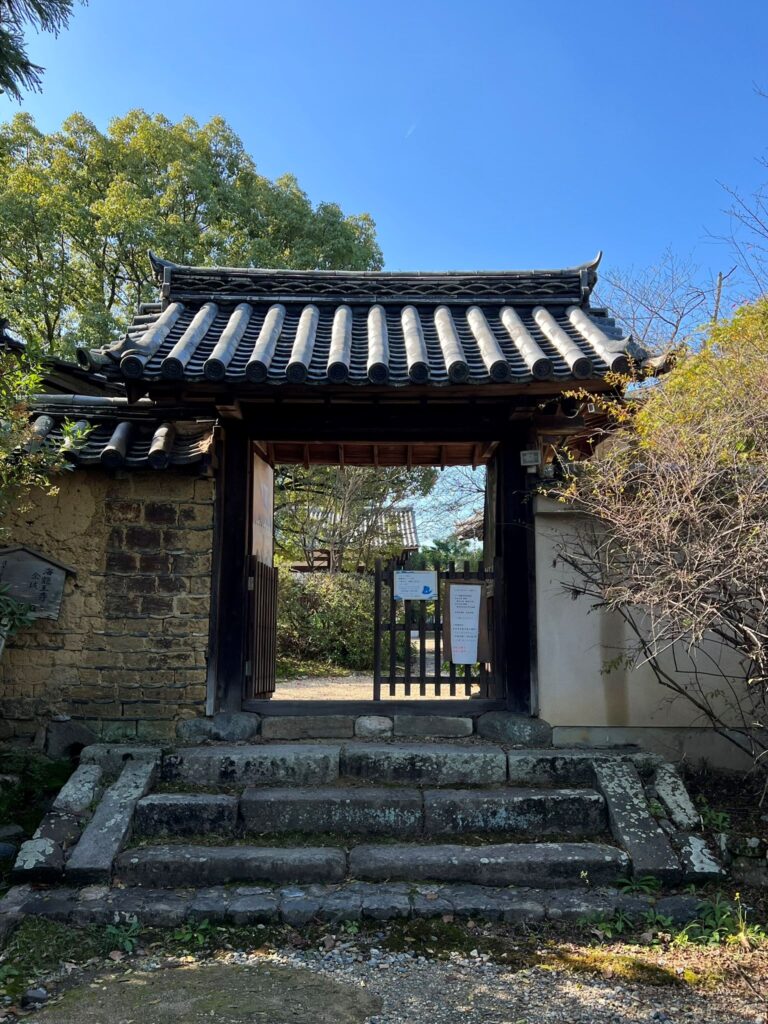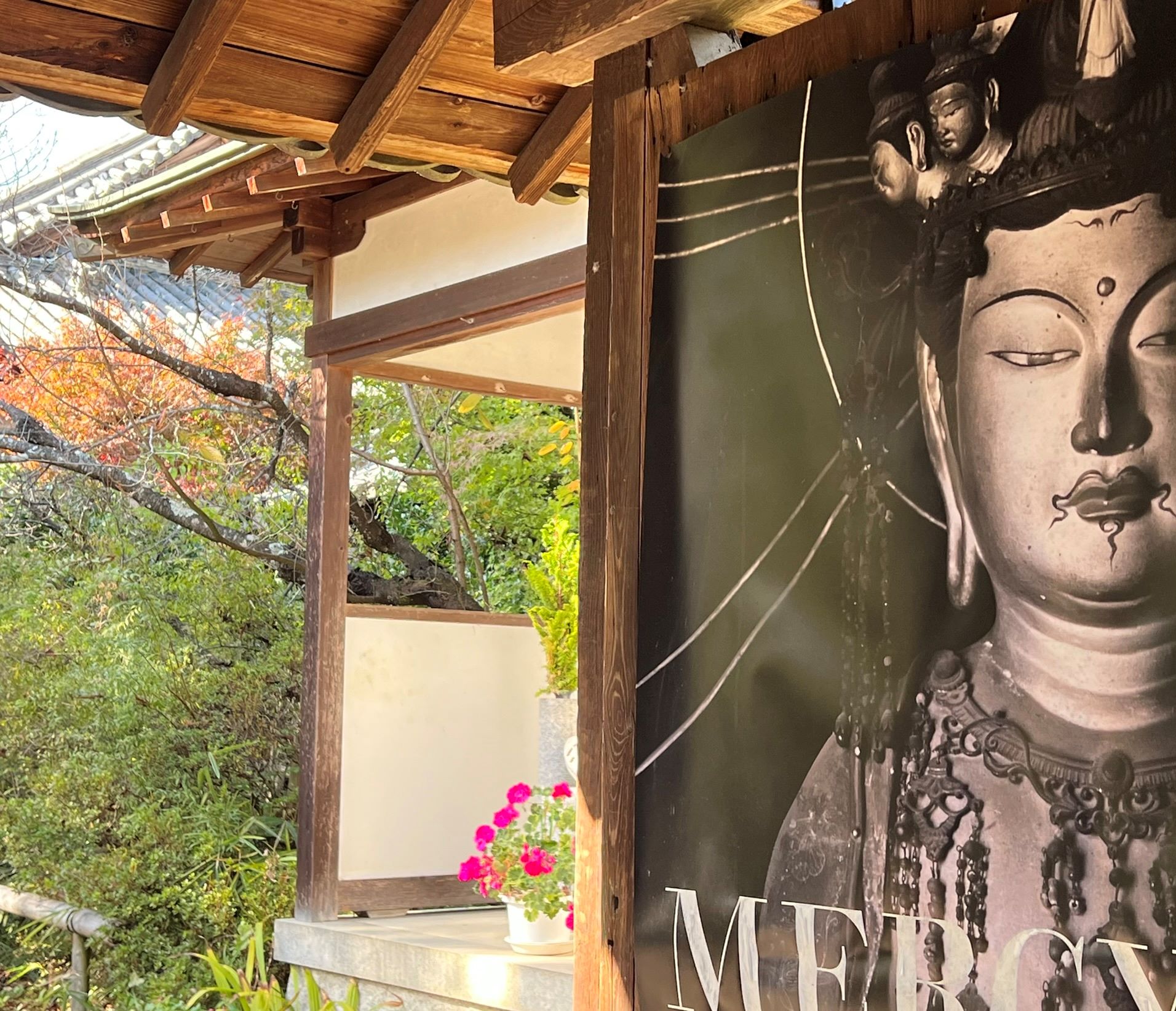The predecessor of Kairyu-ouji Temple is believed to have existed on this site since the Asuka period (around the 7th century), before the establishment of Heijo-kyo. Ancient roof tiles from the Asuka period have been excavated from the temple grounds, making it one of the oldest temples in Nara. From March to April, the temple path and grounds are covered with delicate yuki-yanagi (spiraea) flowers, attracting many visitors who come to enjoy this picturesque scenery.

Access
Kairyu-ouji Temple is located adjacent to the east side of Heijo-kyo, the ancient capital of Nara. You can reach it by taking a bus bound for “Yamato Saidaiji Station” from either Kintetsu Nara Station or JR Nara Station, and get off at the “Hokkeji” stop. The bus stops just 20-30 meters south of the temple’s gate. It’s also a 20-minute walk from Kintetsu Shin-Omiya Station. When visiting Heijo-kyo, it’s highly recommended to also visit Kairyu-ouji Temple and Hokkeji Temple in the neighborhood.
History
During the Nara period, when Heijo-kyo was completed, Kairyu-ouji Temple was located in the northeastern corner of Hokkeji Temple’s grounds and was known as “Sumi-dera” (The Temple in the Corner). After becoming independent as Kairyu-ouji, it served both as a court temple where prayers were offered for Emperor Shomu and Empress Komyo, and as a center for copying sutras. The temple hosted a scriptorium initiated by Empress Komyo for the transcription of the “Issaikyo” (Complete Buddhist Scriptures). The original manuscript of the “Sumi-dera Heart Sutra” is also preserved here. Kairyu-ouji Temple is considered the birthplace of sutra copying.
Buddha
The Eleven-faced Kannon statue, said to be carved by a member of the Kei school of sculptors in the Kamakura period, is modeled after one carved by Empress Komyo herself. It is designated as an Important Cultural Property. The statue, with its delicate and intricate craftsmanship typical of Kamakura-period sculptures, features breathtakingly beautiful ornaments and garments. Its excellent preservation allows visitors to still enjoy its vibrant colors today.
Miniature Five-Story Pagoda
Unlike the typical temple layout that includes large east and west pagodas, Kairyu-ouji Temple, built within the limited space of the Empress’s palace grounds, features a miniature pagoda designed for indoor worship. This exquisite miniature pagoda, a precious structure from the Tenpyo period, is designated as a National Treasure. Only one other pagoda of this style exists, located at Gango-ji Temple. The intricate details of the pagoda, designed for indoor viewing, offer an endless source of beauty and fascination.


